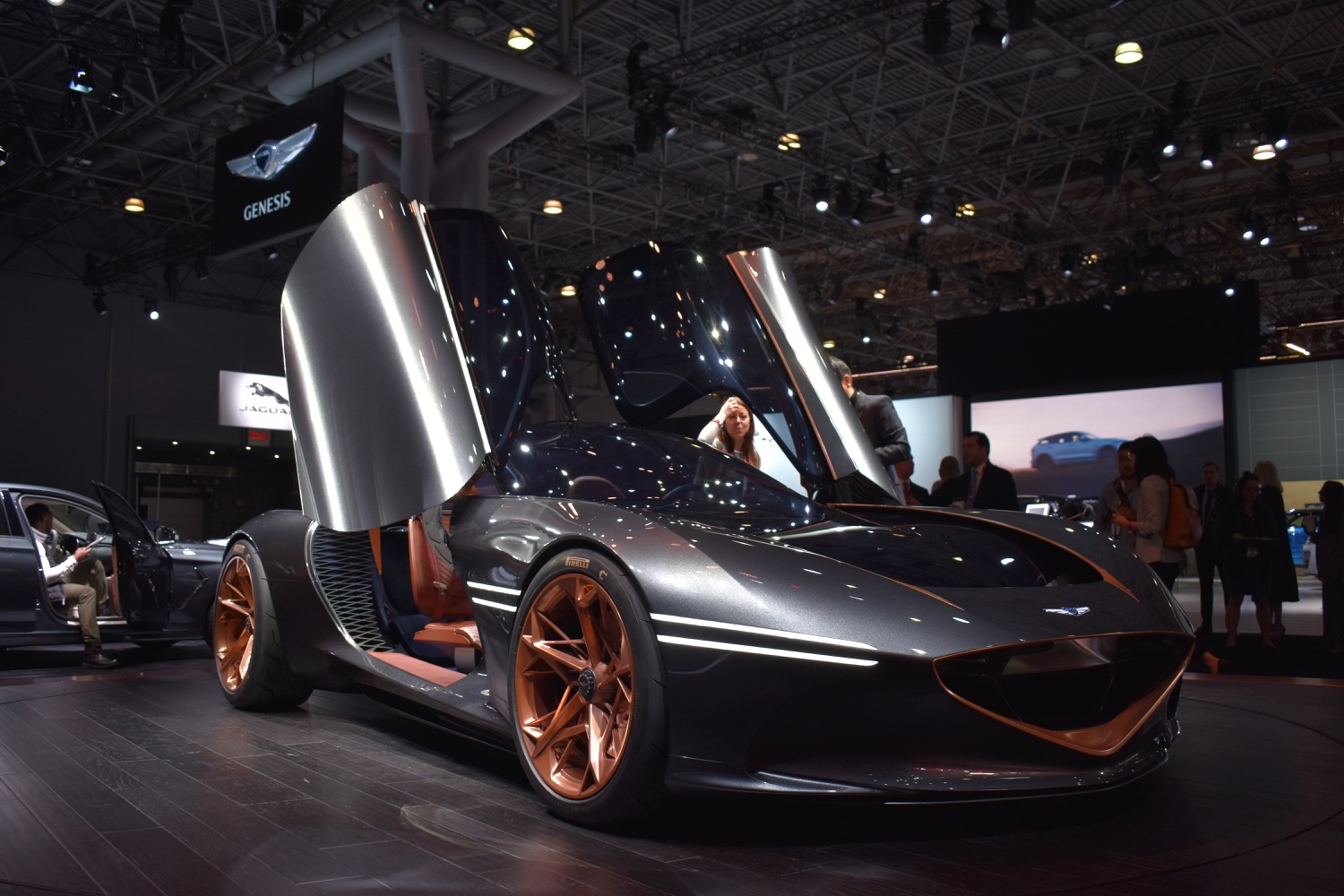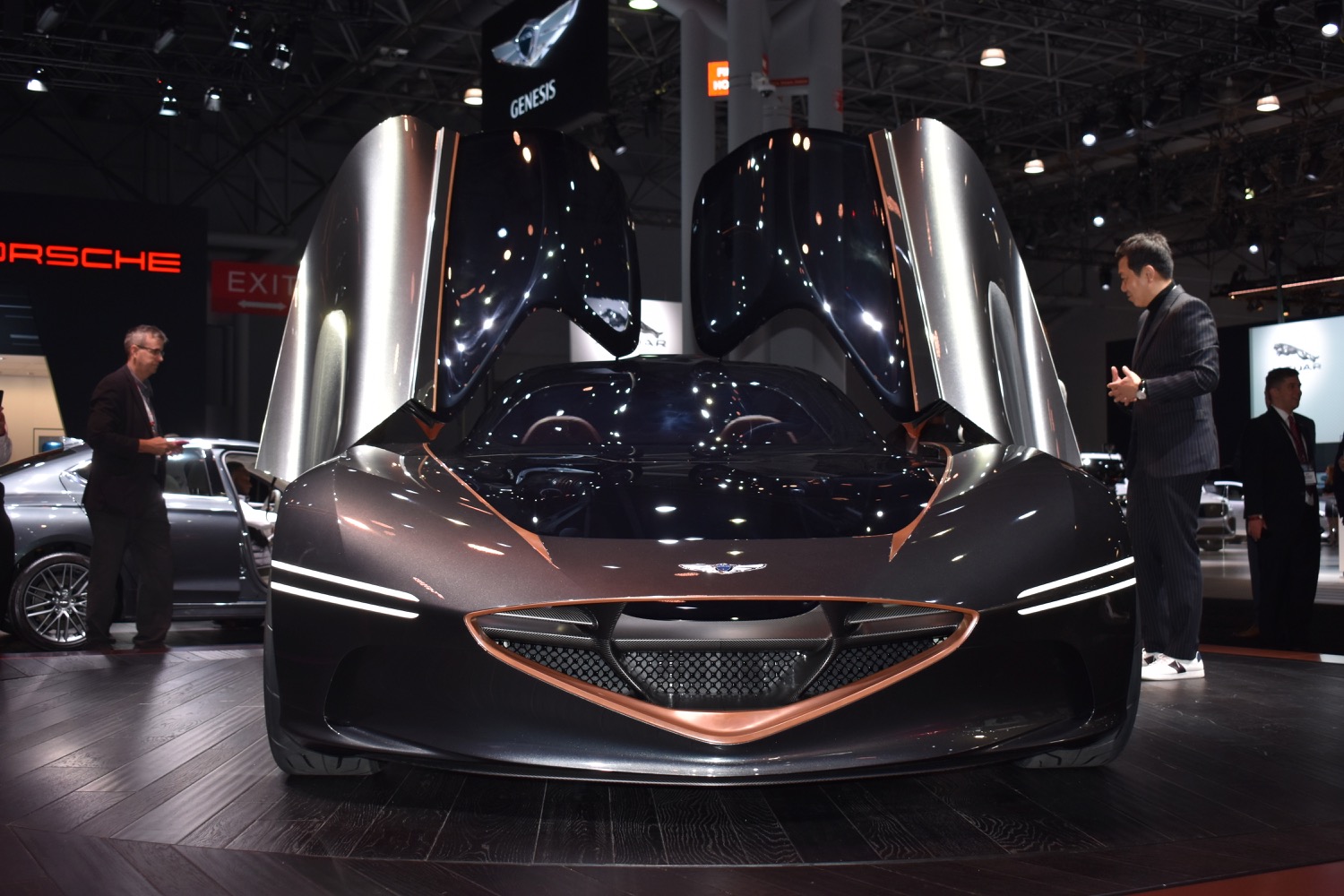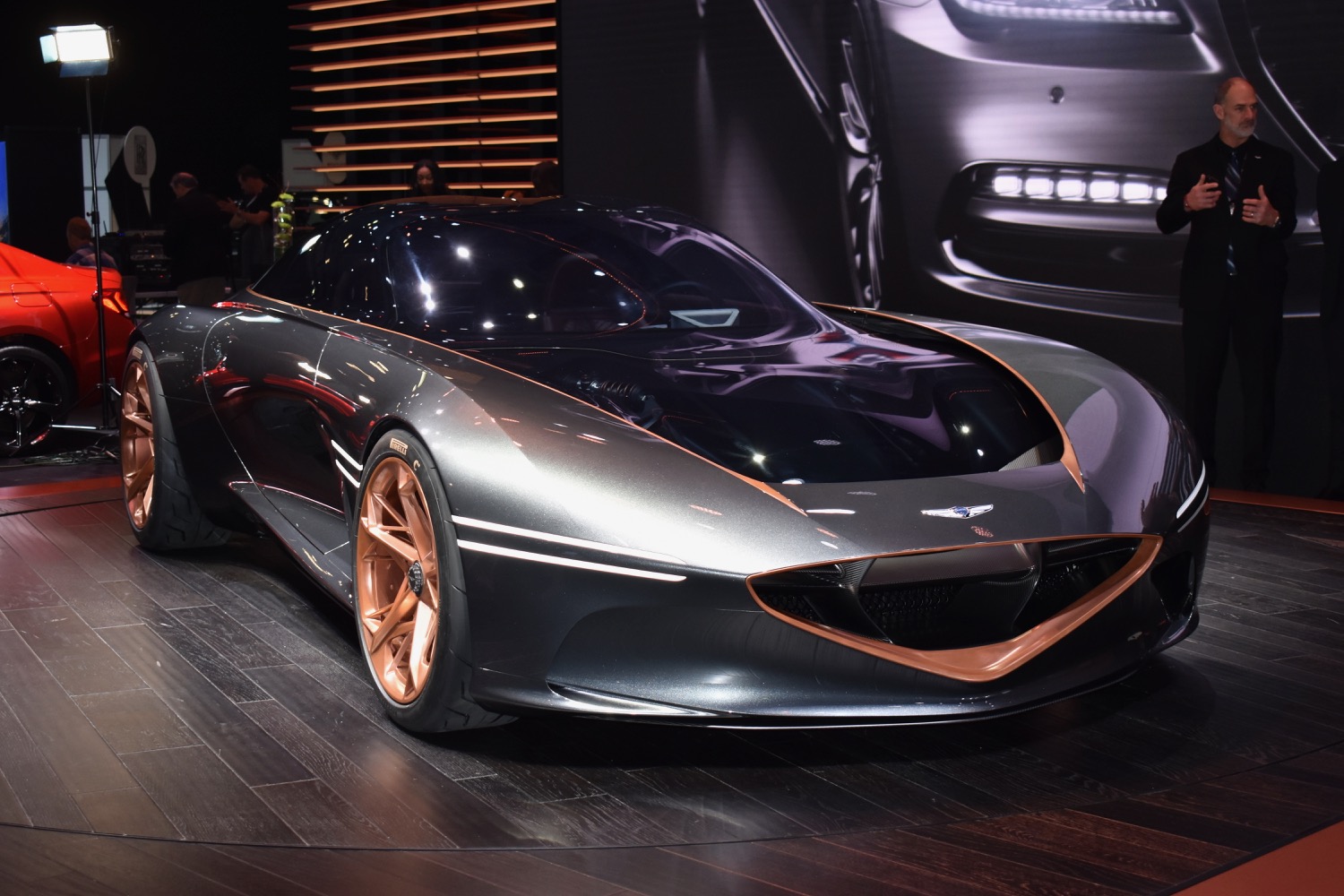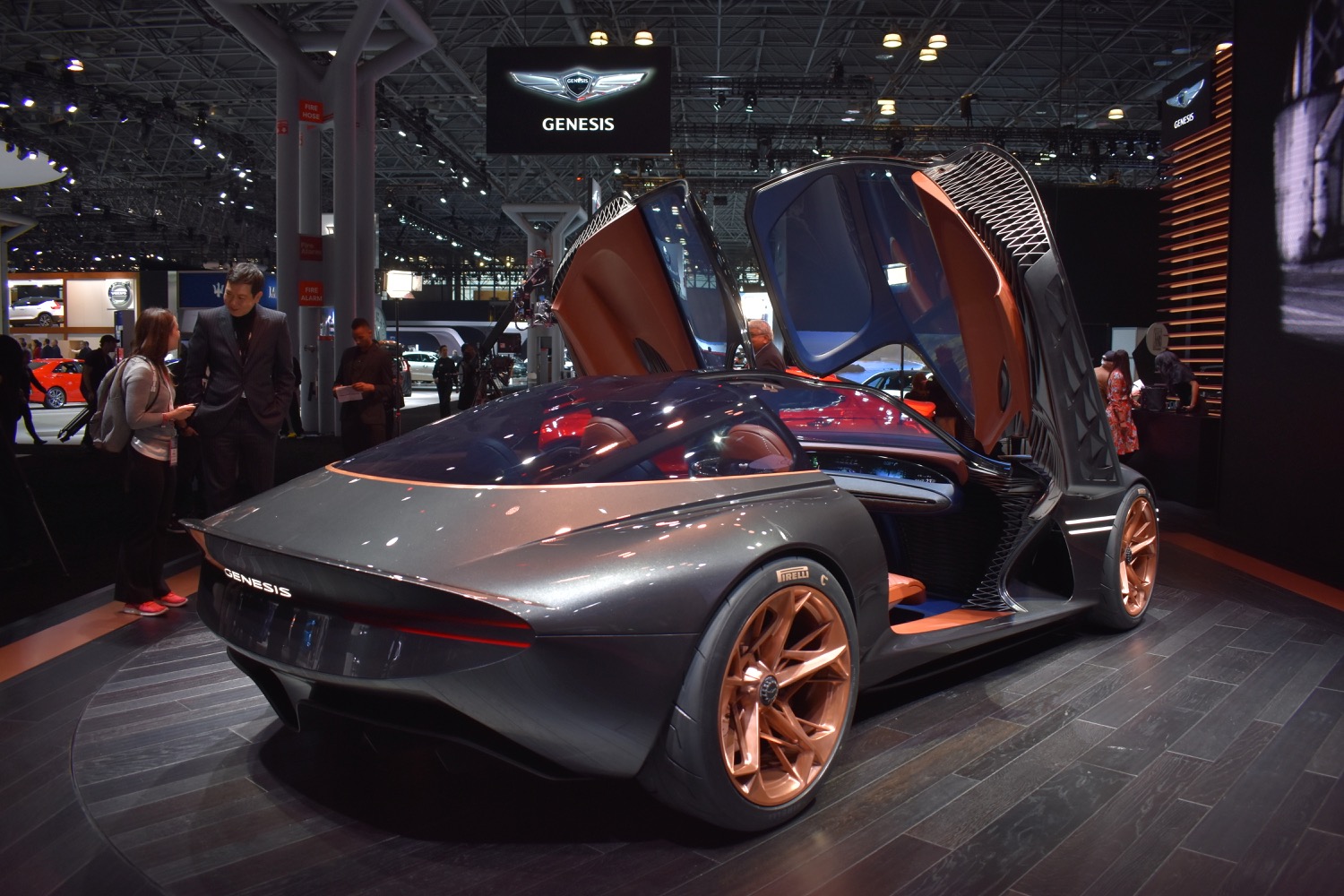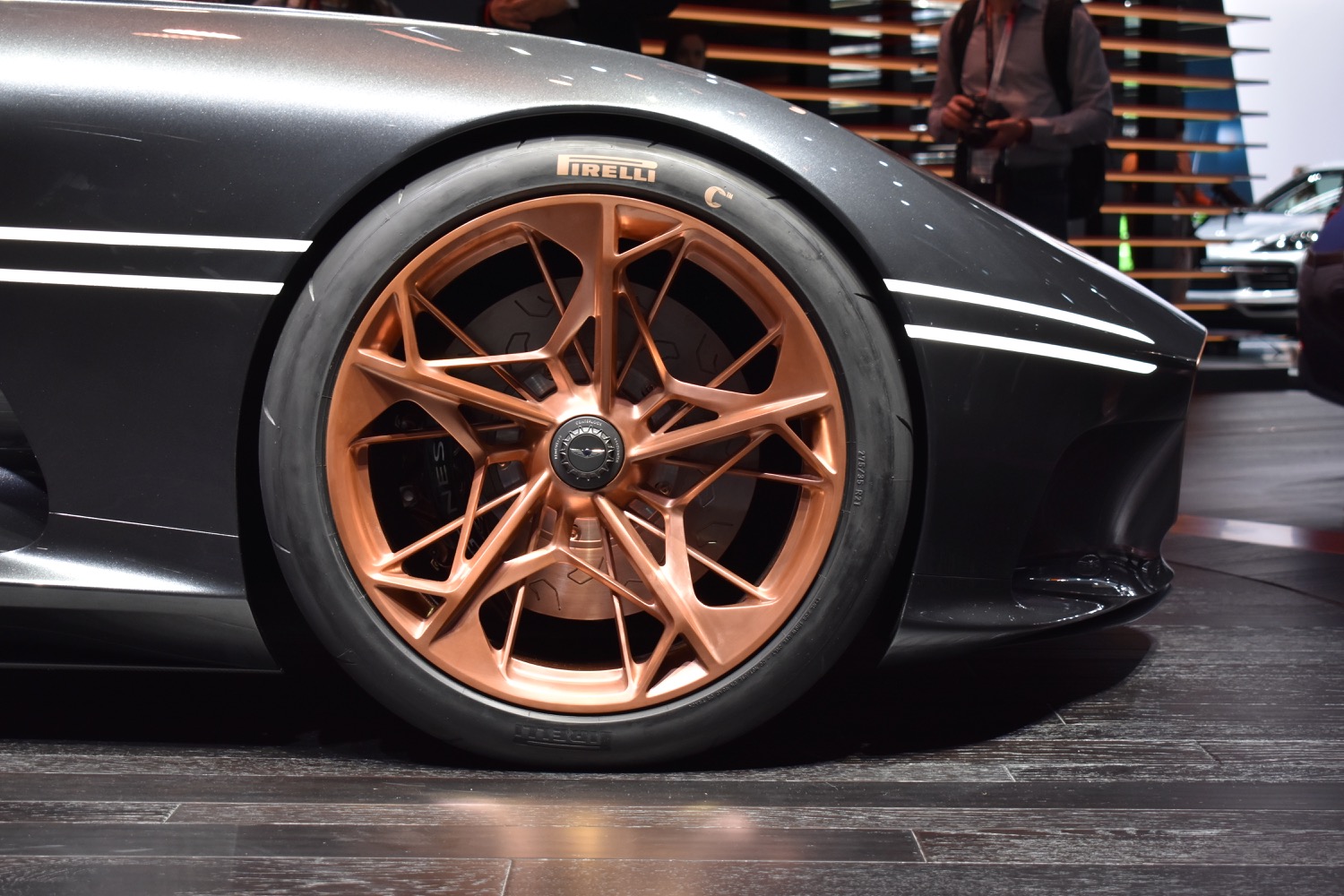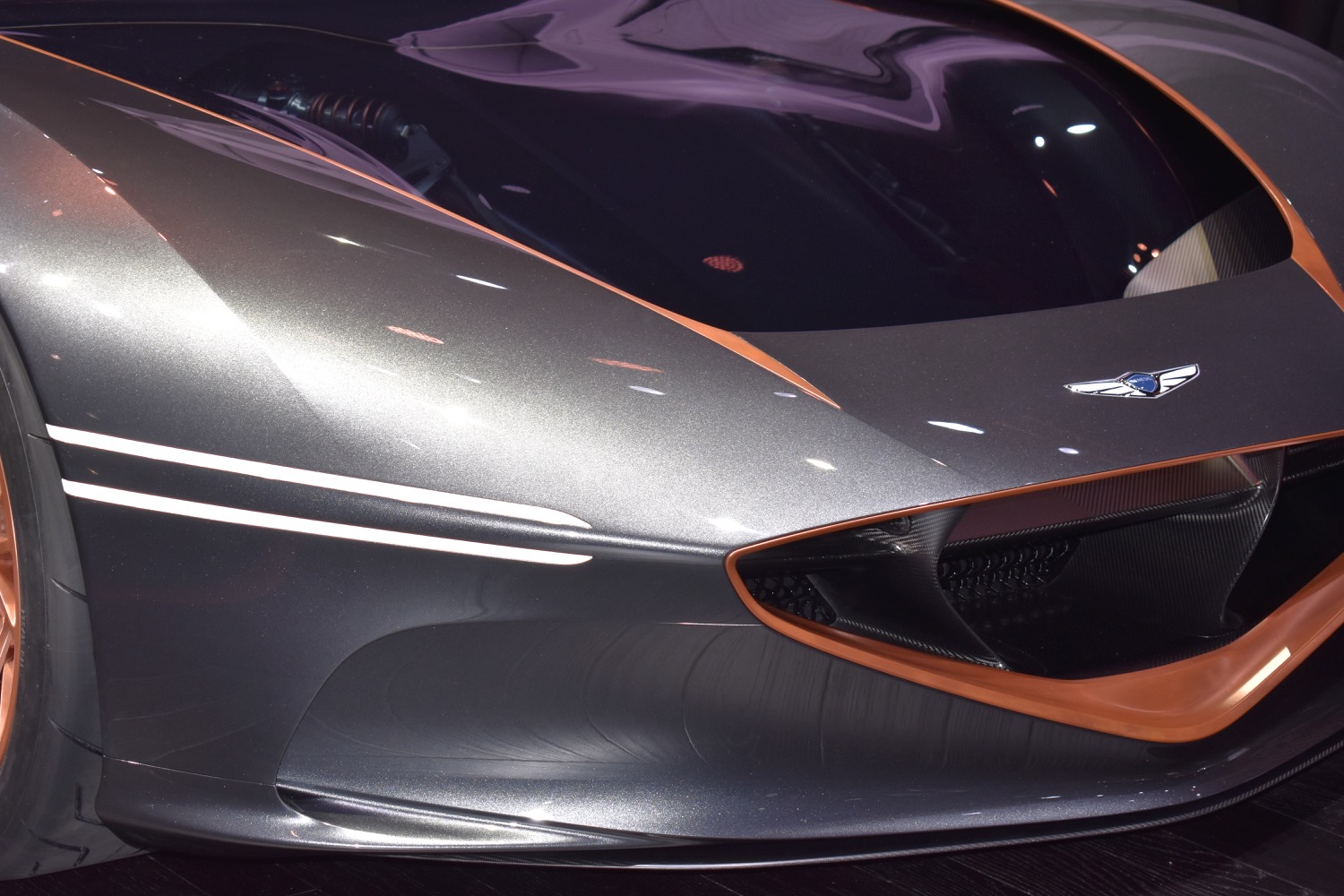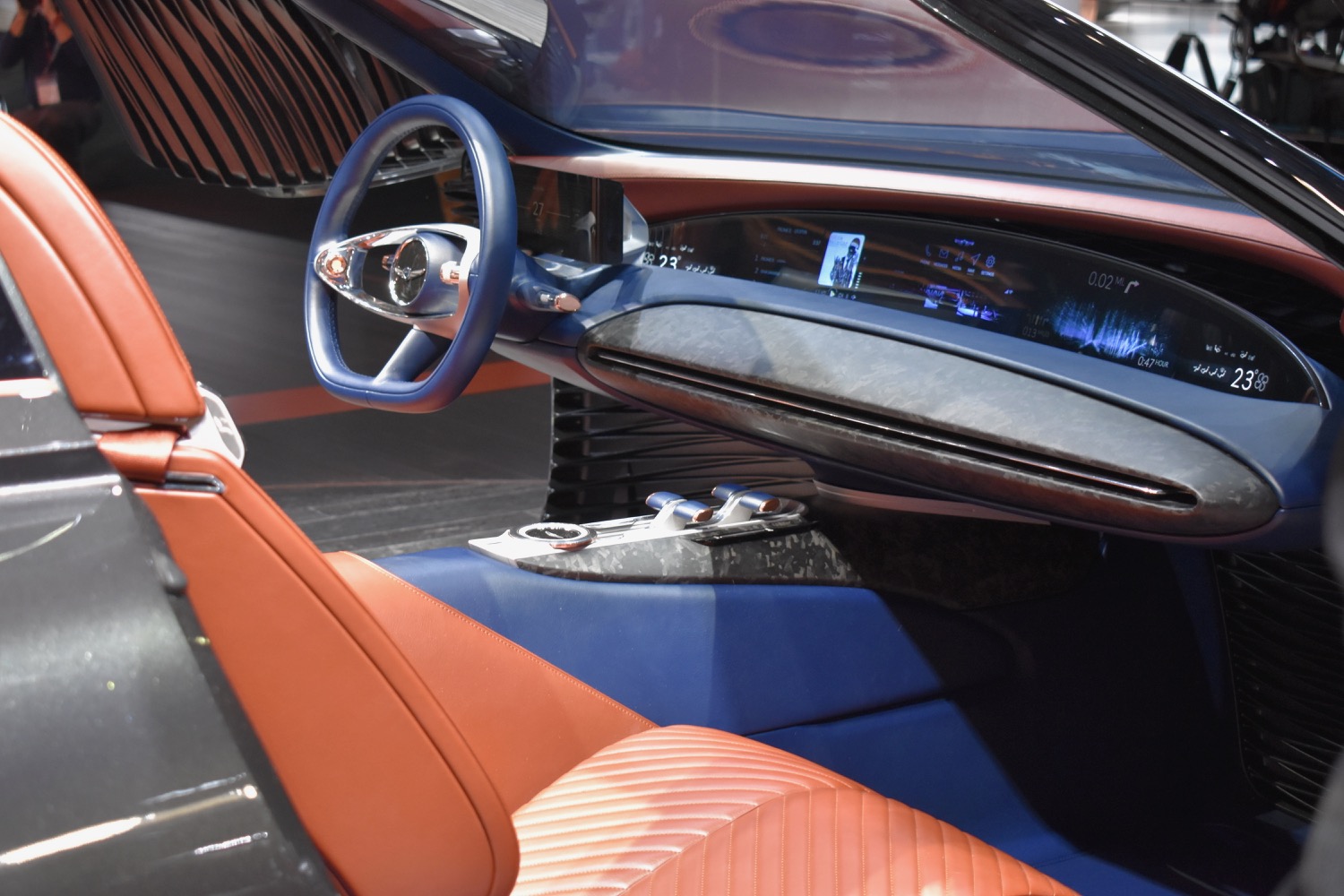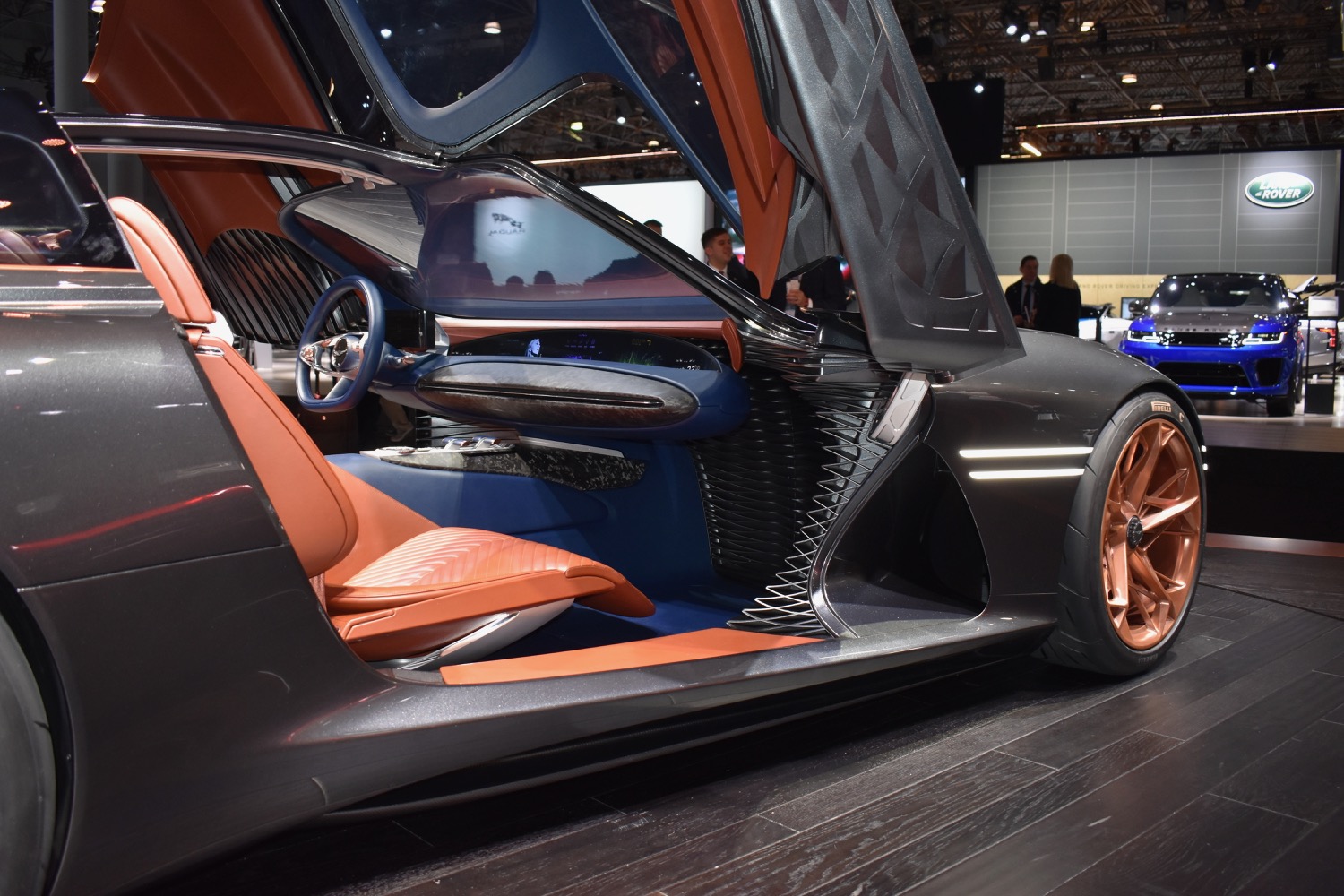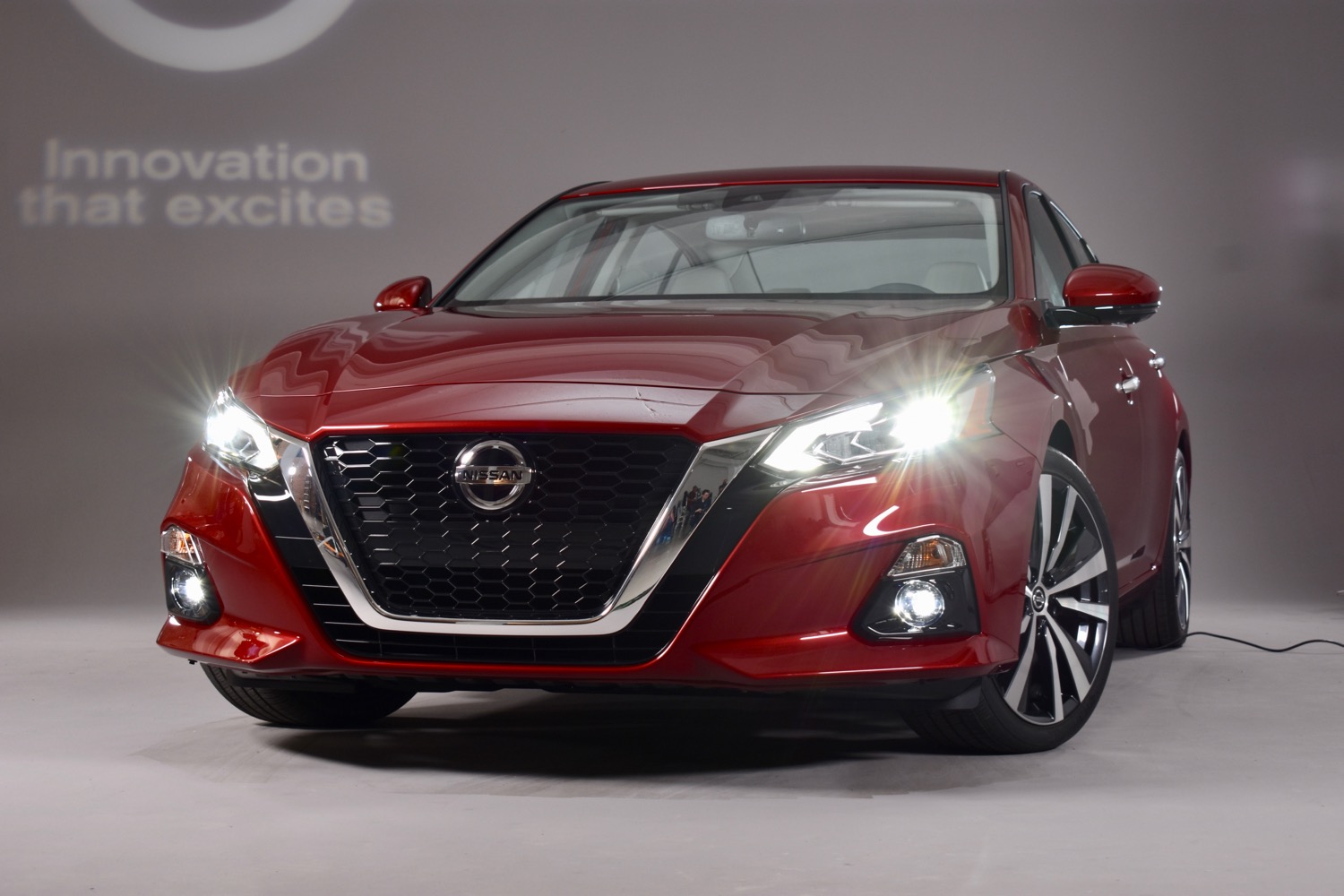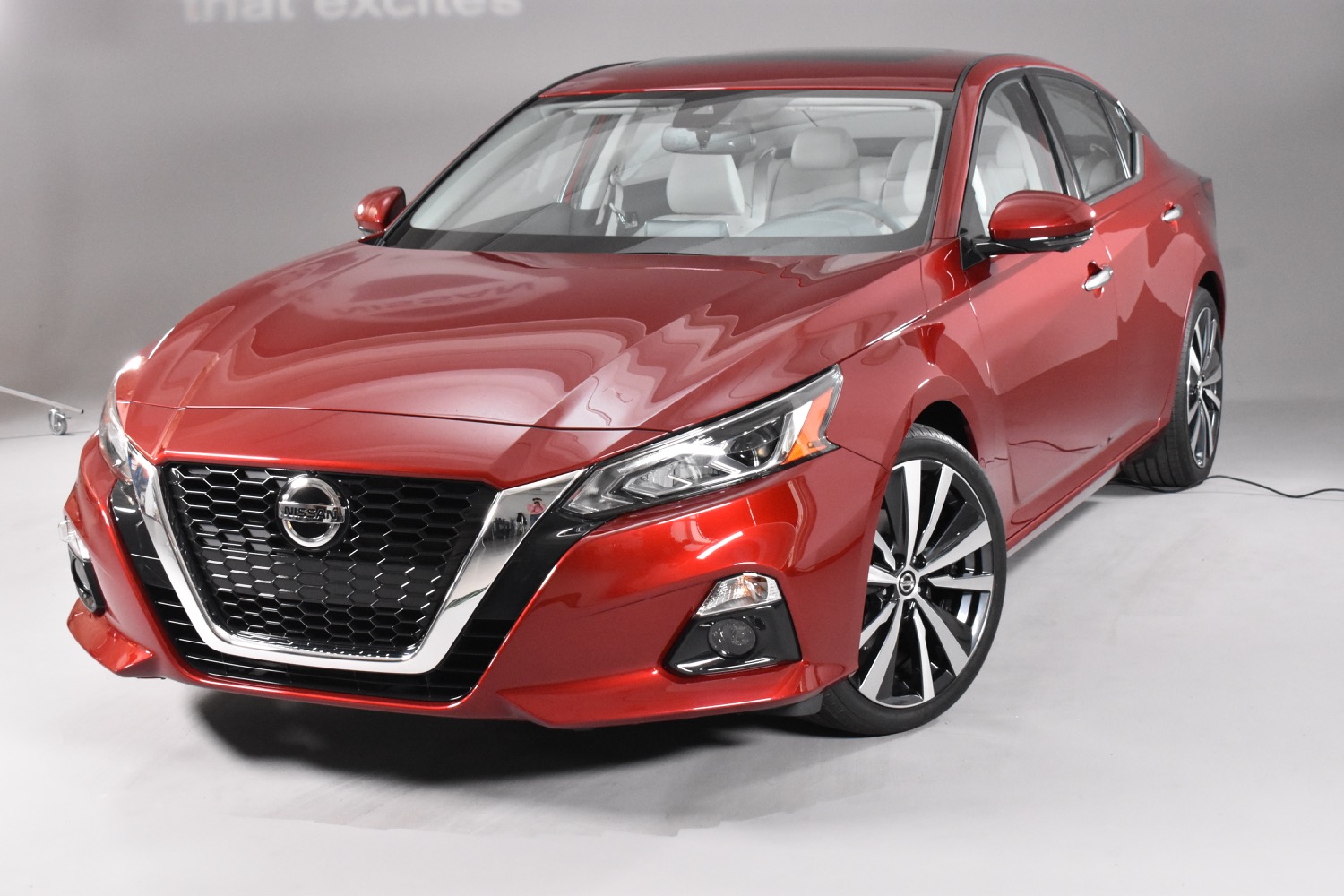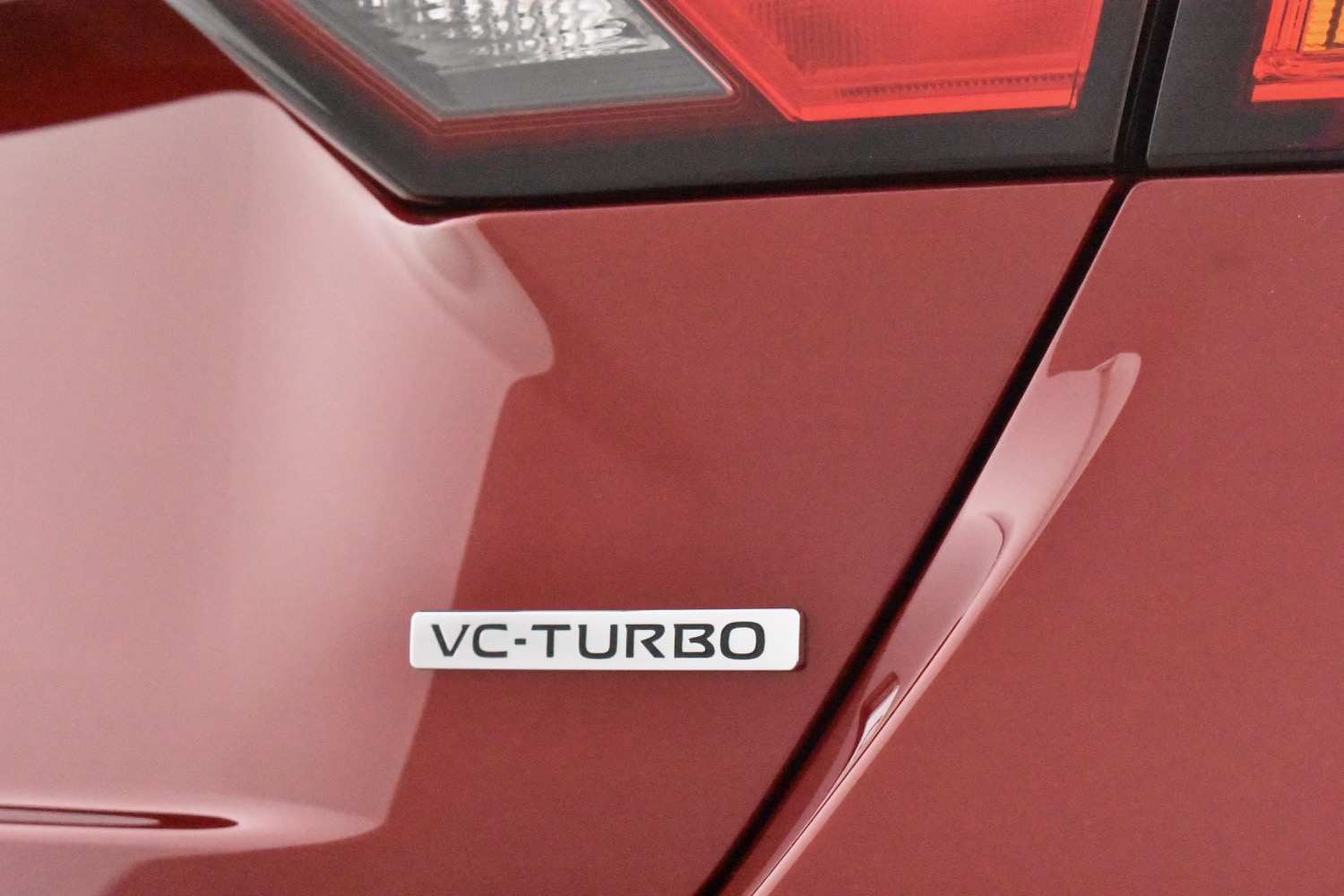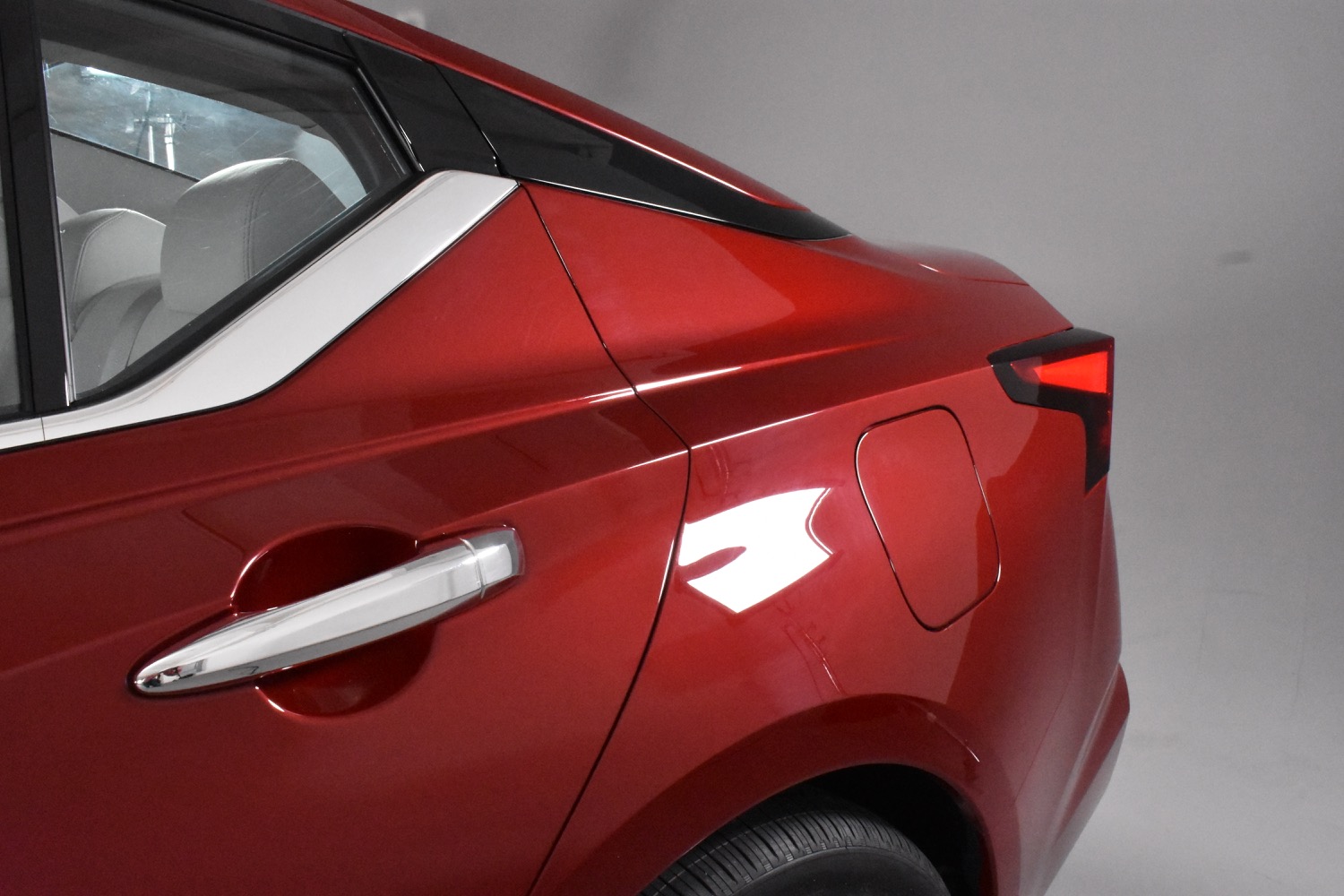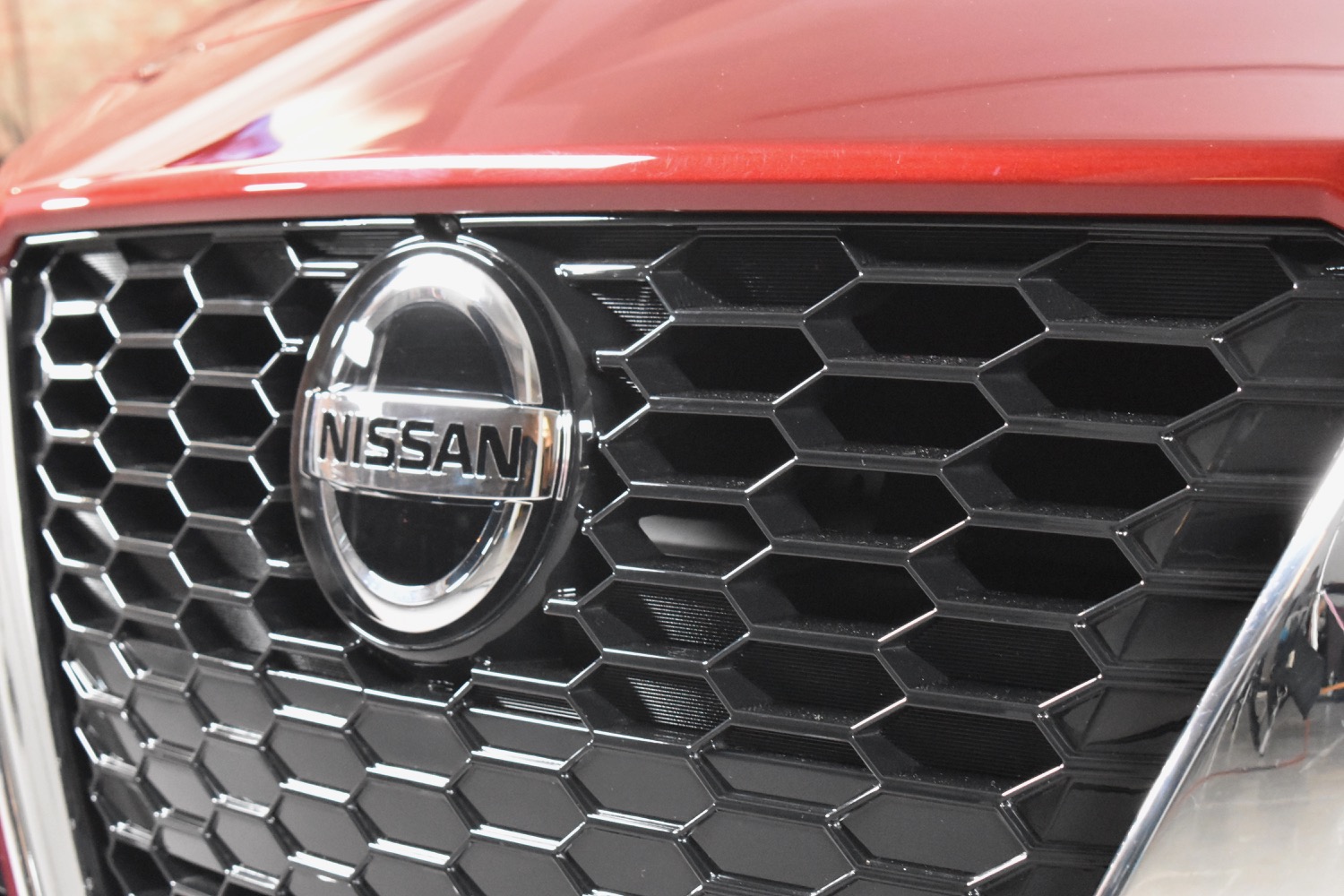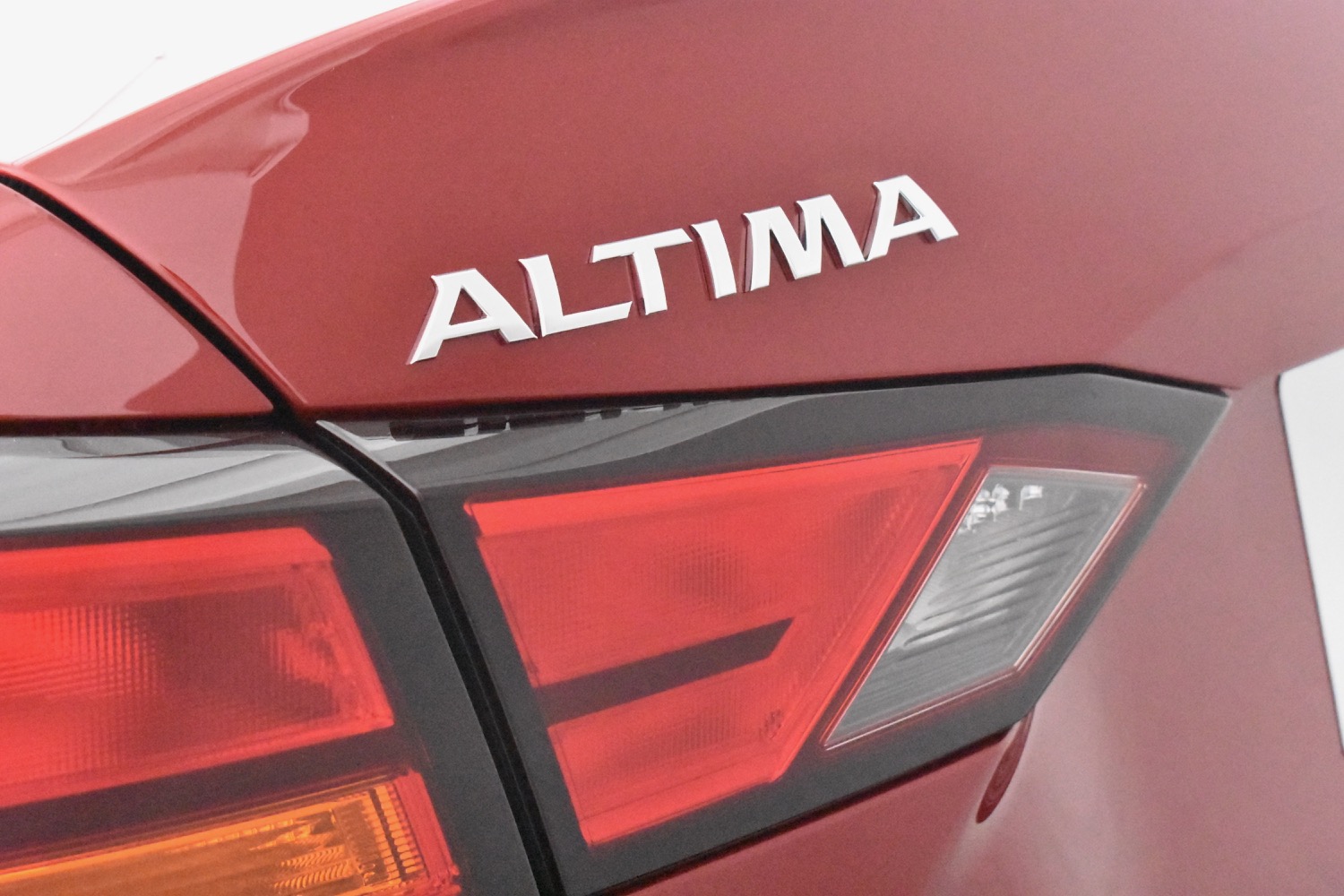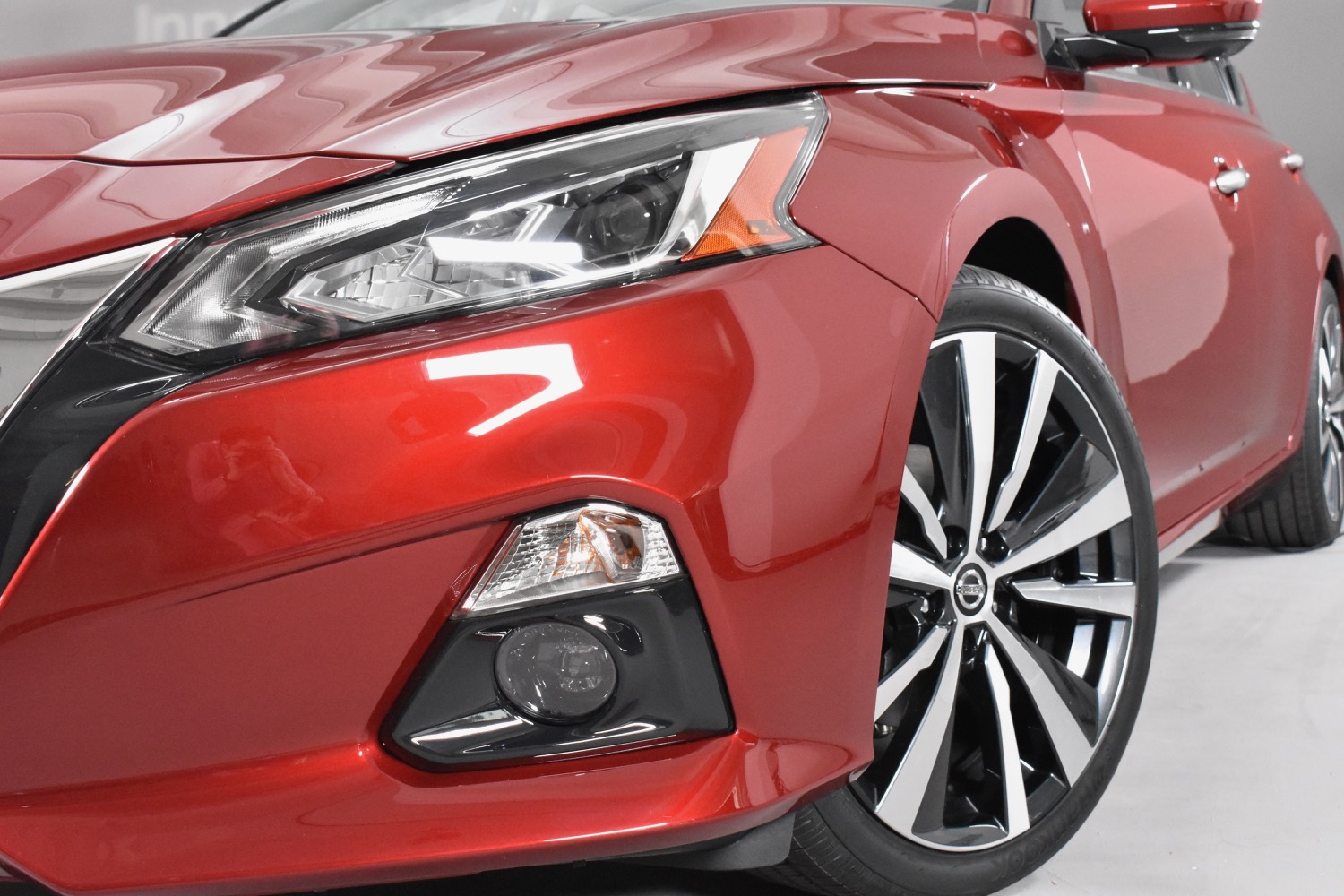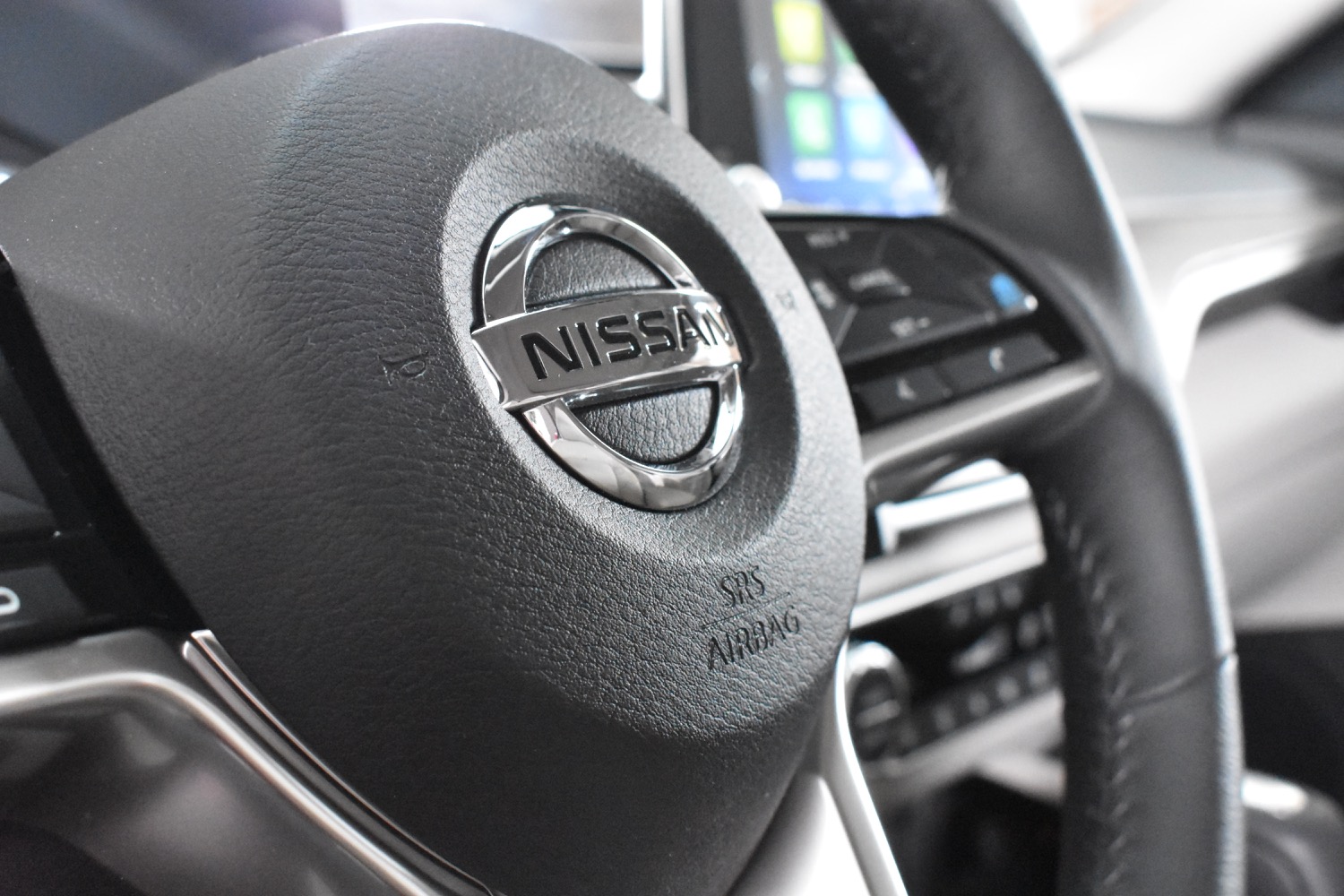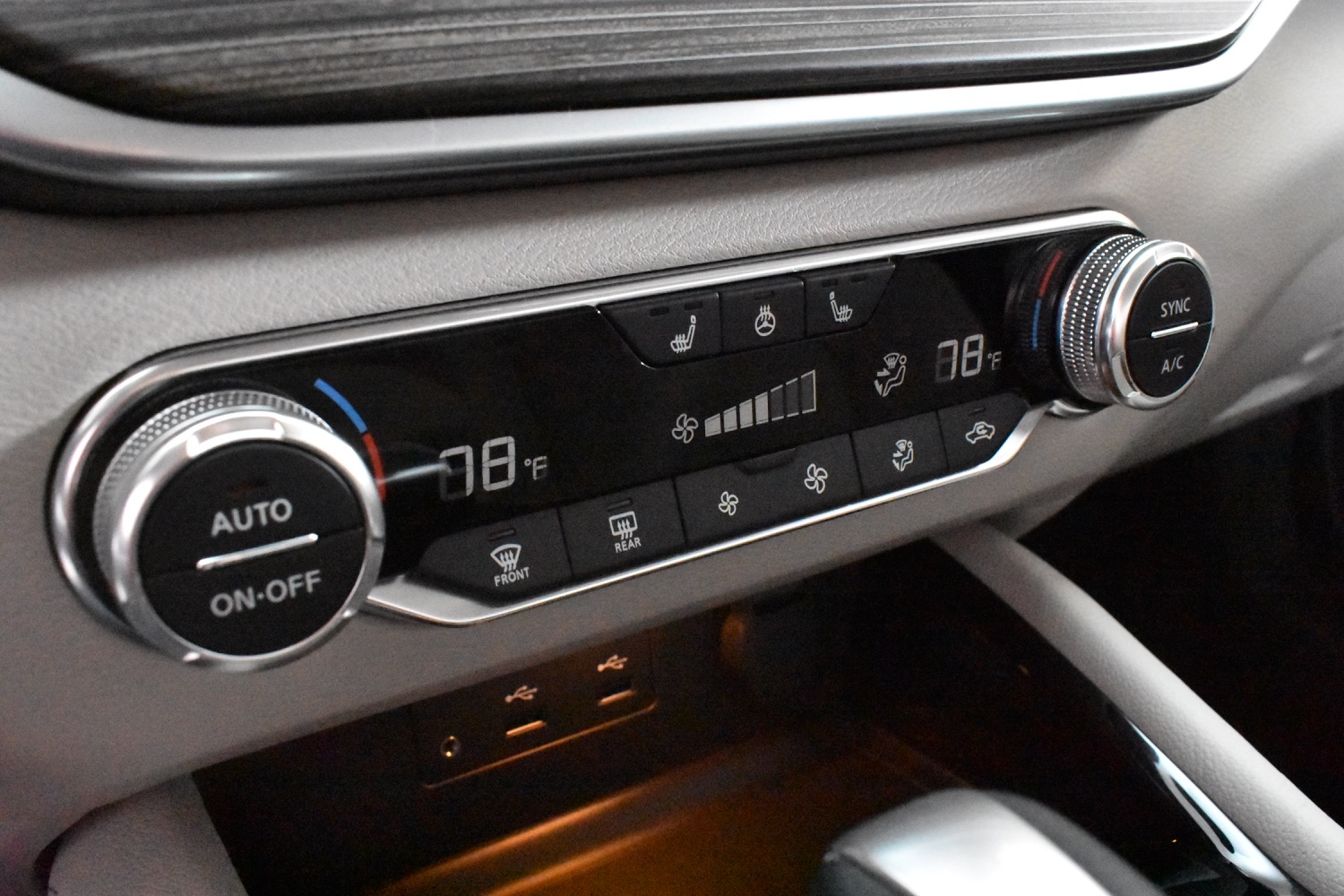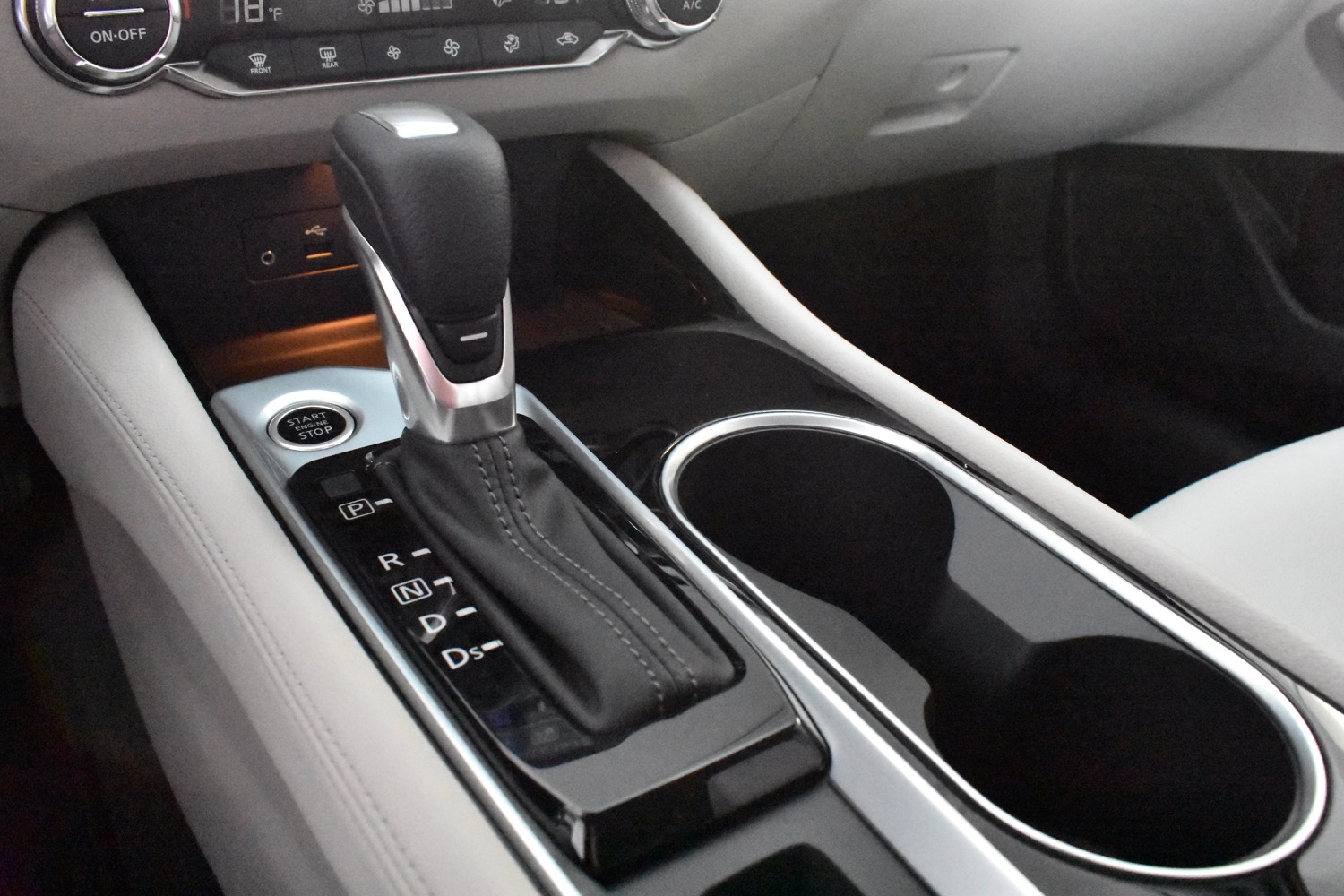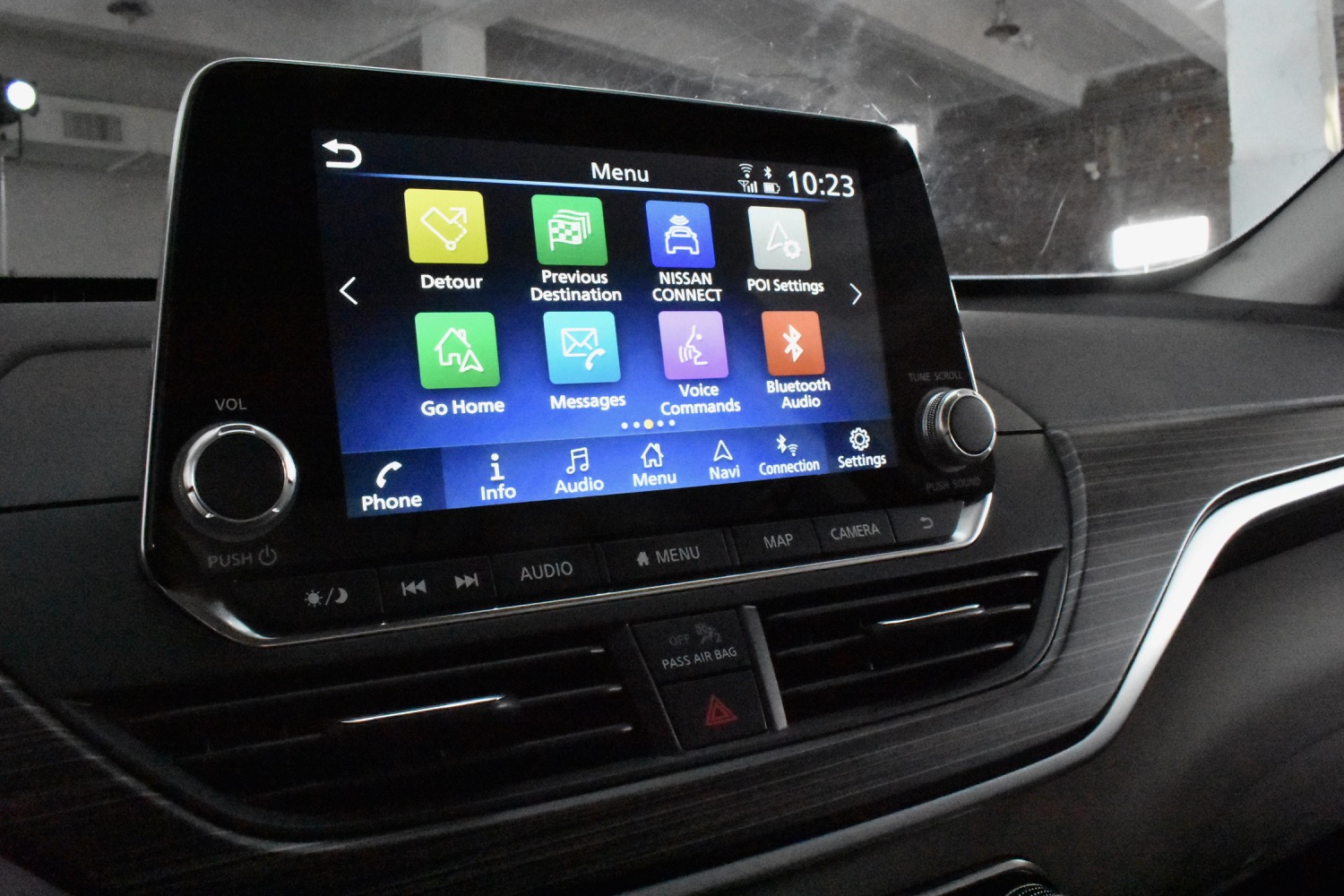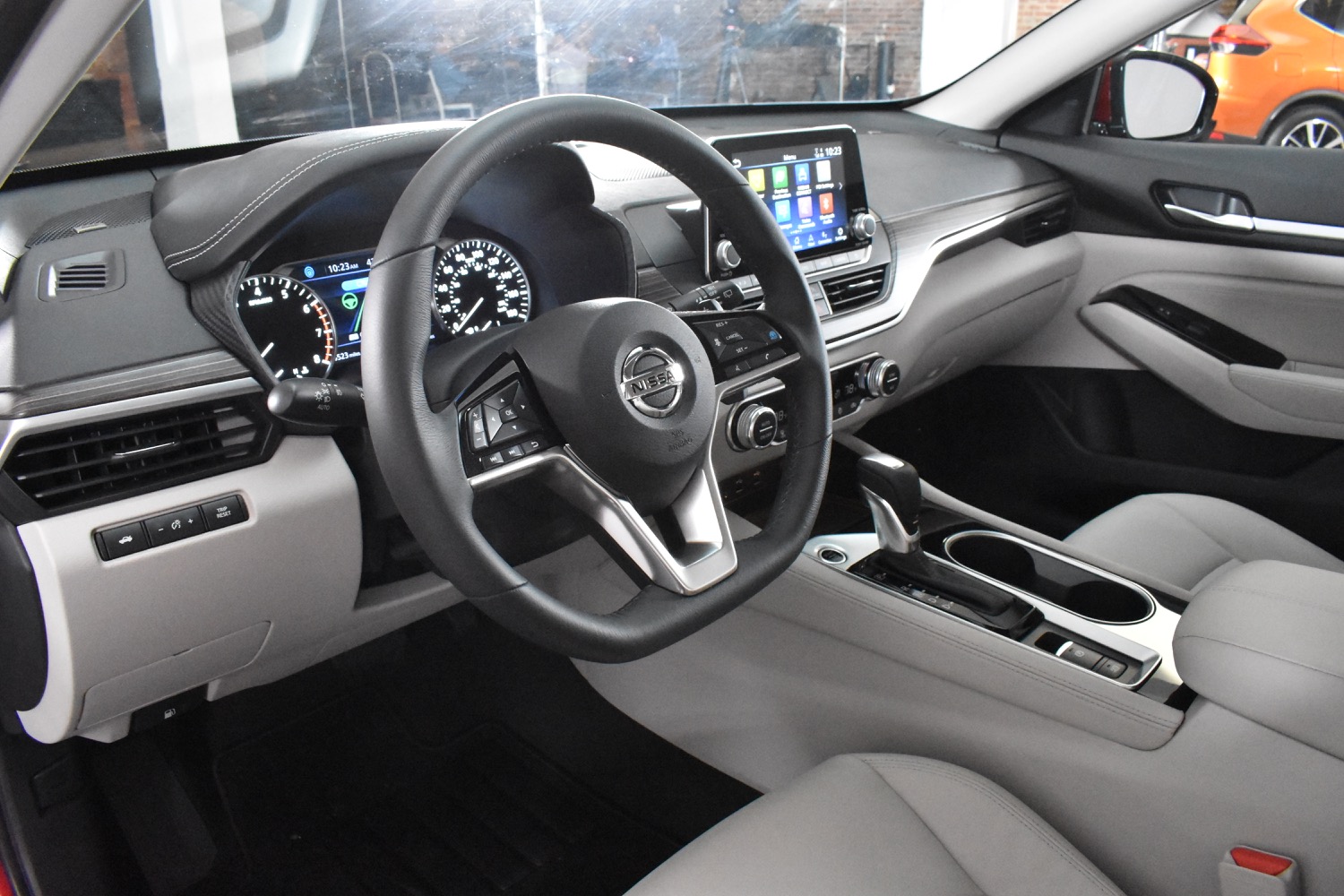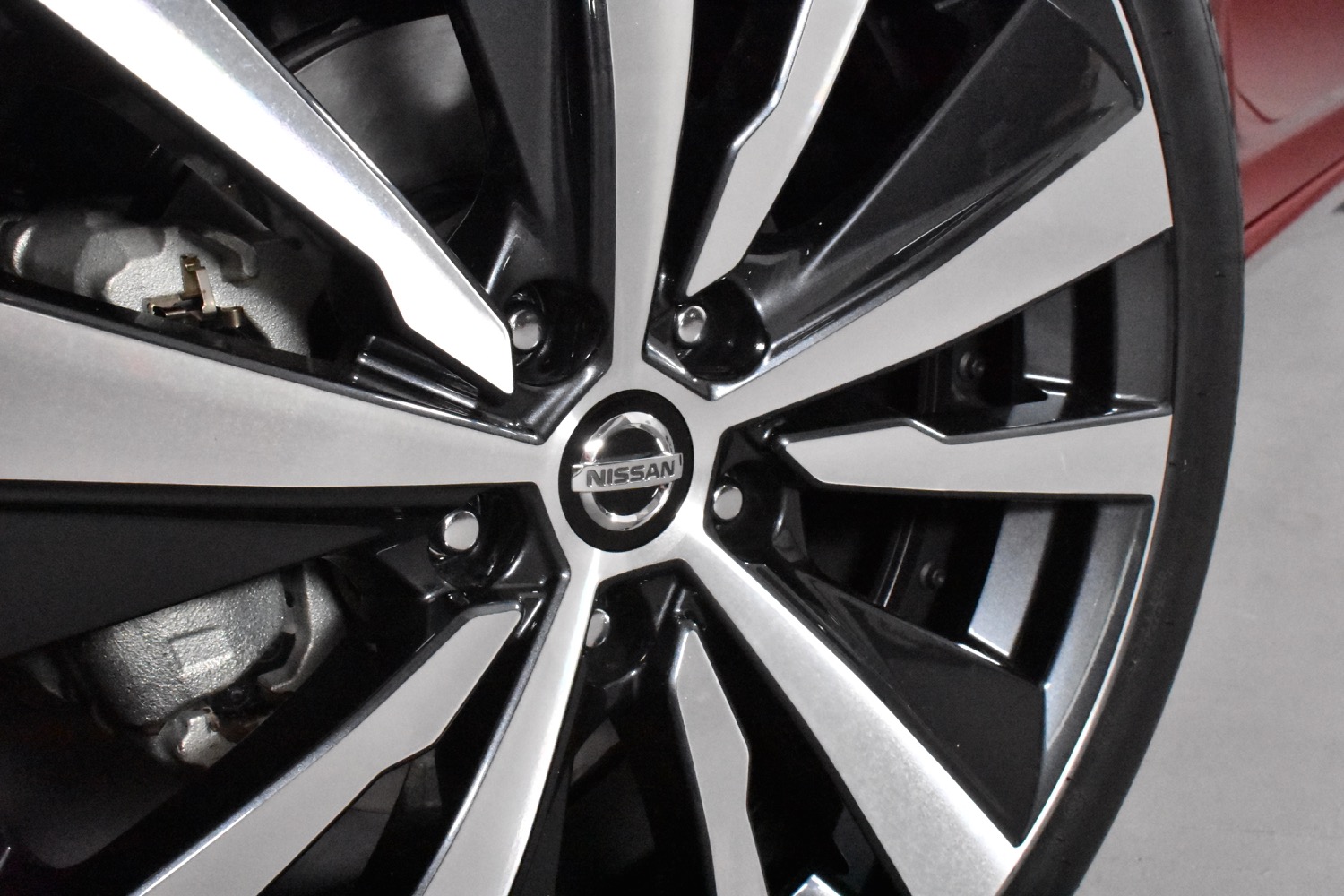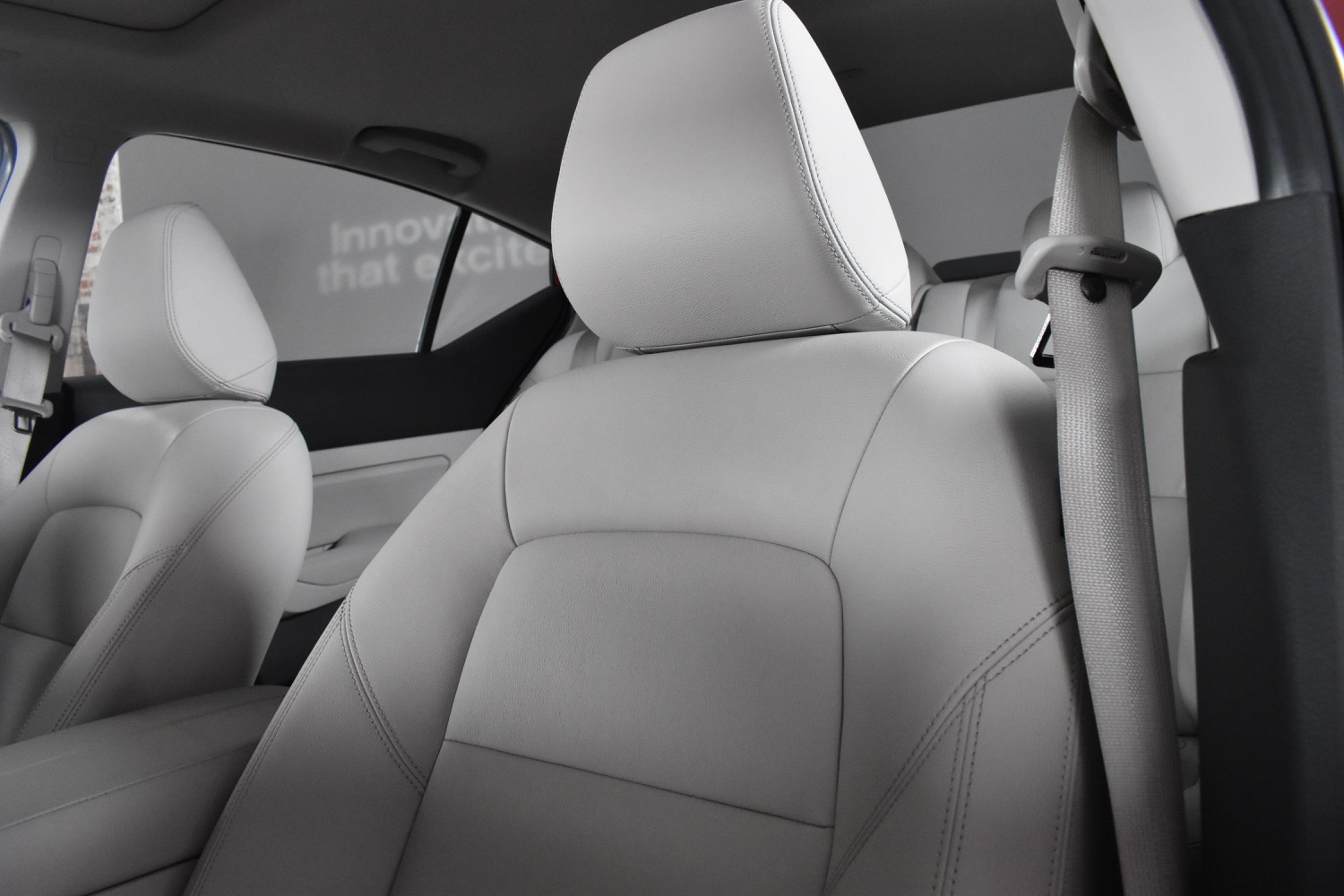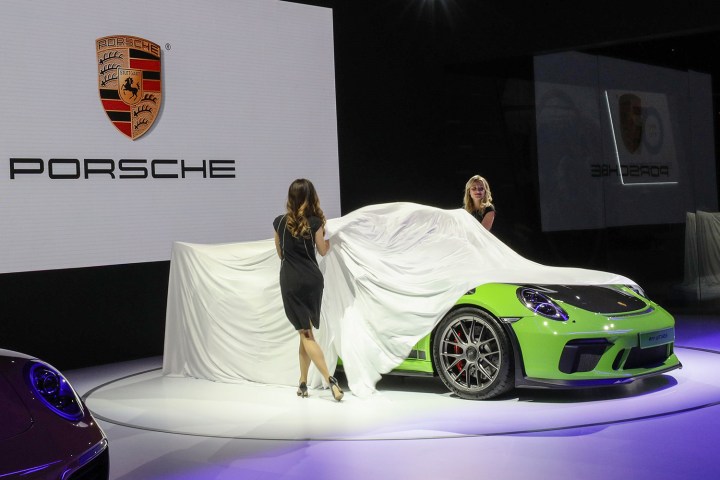
The New York and Geneva auto shows compete for your attention in March, like March Madness with cars instead of basketball teams. We recently brought you all of the action from one of the most action-packed Geneva shows in recent memory. With the press portion of the New York show wrapping up, and the public invited in, it’s time to wrap up the battle: Does the Big Apple won?
New York normally stands out as a tweener show; it’s not as truck-focused as Detroit and it’s not as luxury-oriented as Los Angeles, though there have been surprises from both ends of the spectrum in the past. Here are the major new car and SUV debuts we saw in New York from brands like Cadillac, Subaru, Porsche, Toyota, and Volkswagen.
2019 Audi RS 5 Sportback
Audi expanded its portfolio of high-performance machines with the RS 5 Sportback. Like the RS 5 coupe, it surfs the industry’s downsizing wave with a twin-turbocharged, 2.9-liter V6 engine that makes 444 horsepower and 443 pound-feet of torque. The six-cylinder shifts through an eight-speed automatic transmission and it channels its power to all four wheels; this is an Audi, after all.
Though it’s a sports car, and a brutal one by the sound of it, the RS 5 offers a reasonably spacious cabin with space for four passengers and nearly 22 cubic feet of trunk space. Fold the rear seats down and you’re ready for a 444-hp, 35-cube run to Ikea.
More on the 2019 Audi RS 5 Sportback
2019 Cadillac CT6 V-Sport
Though born in Detroit, Cadillac now calls Manhattan home. It traveled to the New York show with an updated version of the CT6 in tow. This isn’t a frivolous mid-cycle update that brings two additional paint colors and new-look lights. It’s a far-reaching overhaul centered around a brand-new, Cadillac-specific 4.2-liter V8 engine fed with a pair of turbochargers. It delivers up to 550 horsepower and 627 pound-feet of torque in the top-spec V-Sport model.
Cadillac also gave the CT6, its flagship sedan, an up-to-date design inspired by the Escala concept. Inside, the model is available with the Super Cruise system, a truly hands-off driver assistance feature developed for freeway use. Buyers can also order a five-watt wireless charger, Cadillac’s trick Rear Camera Mirror with zoom and tilt features, and cloud-connected navigation that provides real-time traffic information. In other words, the CT6 has brawn and brains.
Cadillac also introduced the first-ever XT4 in New York. It’s an entry-level crossover that competes in the same segment as the BMW X1 and the Volvo XC40, among other models. In terms of design, Cadillac played the curb appeal card; whether you love it or hate it, it’s difficult to deny the XT4 has presence.
More on the 2019 Cadillac CT6 V-Sport
Genesis Essentia concept
Hyundai’s Genesis brand wants to establish itself as a luxury player to rival the likes of BMW, Mercedes-Benz, Audi, and Lexus, but to do that, it needs to expand its lineup beyond the current range of sedans. In New York, Genesis teased what one of those future models might be.
The Genesis Essentia concept is an all-electric GT coupe that shows this luxury newcomer is capable of building desirable cars. Where last year’s GV80 hydrogen fuel-cell SUV concept was sensible and practical, the Essentia aims for a more emotional impact.
More on the Genesis Essentia concept
2019 Nissan Altima
Nissan likes New York. It introduced the current-generation Altima at the 2012 edition of the show, andit staged the debut of the all-new 2019 model this year. It’s a design-led model with a look inspired by the Maxima (which also made its debut in New York) and the V-Motion 2.0 concept. Importantly, the sedan receives the semi-autonomous ProPilot Assist technology ushered in by the second-generation Leaf last year. It’s not fully autonomous, but it boasts features like adaptive cruise control with stop-and-start and lane-keeping assist.
While front-wheel drive remains standard, Nissan is adding the option of all-wheel drive to the Altima for the first time. The 2019 Altima’s base engine is a 2.5-liter four-cylinder that produces 188 horsepower and 180 pound-feet of torque. A 2.0-liter turbocharged four-cylinder using the variable compression-ratio technology first seen on Nissan luxury brand Infiniti’s QX50 SUV is also available with front-wheel drive only.
More on the 2019 Nissan Altima
2019 Porsche 911 GT3 RS Weissach
Porsche offers an optional Weissach package on the 911 GT3 RS. It adds front and rear sway bars, a roof panel, a steering wheel, and shift paddles all made out of carbon fiber to further reduce weight. Buyers can also add magnesium wheels, which Porsche priced at $13,000. Ordering both makes the GT3 RS 40 pounds lighter. Andreas Preuninger, the head of Porsche’s GT division, told Digital Trends the package makes a big difference on the track. The car feels lighter, more precise, and it’s ultimately more engaging to drive. Some of the technology comes from the sold-out 918 Spyder.
More on the 2019 Porsche 911 GT3 RS Weissach
2019 Subaru Forester
Subaru’s brand-new 2019 Forester broke cover in New York. The firm played it safe when it comes to design. The crossover’s overall dimensions and proportions don’t change much, but its front end borrows styling cues from the seven-seater Ascent unveiled last year. The sheet metal hides a modular platform shared with the Impreza and developed with electrification in mind. Though Subaru likely won’t offer a hybrid Forester from the get-go, it’s safe to bet the model is in the cards.
More on the 2019 Subaru Forester
2019 Toyota Corolla Hatch
The next-generation RAV4 isn’t the only new Toyota we saw at the New York auto show. The Japanese company introduced the 2019 Corolla Hatch, a four-door model developed in Europe to replace the Corolla iM (formerly known as a Scion). It’s aimed at well-known compacts like the Chevrolet Cruze, the Volkswagen Golf, and the Honda Civic.
Designers drew inspiration from bigger models like the Camry and the Avalon as they penned a front end with extra-long lights and an extra-wide grille embedded into the lower bumper. The rear end receives a similar treatment. The big news inside is contained in the eight-inch touch screen on the dashboard. The Corolla Hatch stands proud as one of the first Toyota models offered with Apple CarPlay. It also gains Amazon Alexa integration, iPod connectivity, voice recognition, Bluetooth audio streaming, and Wi-Fi — even on the base model.
More on the 2019 Toyota Corolla Hatch
Volkswagen Atlas Cross Sport concept
Volkswagen opened a new chapter in its history when it launched the Atlas, a seven-seater SUV made for Americans, by Americans. The first of several Atlas off-shoots will be a shorter model with space for five passengers. Volkswagen stresses the Atlas Cross Sport it displayed in New York is merely a concept, one that’s an update of the Cross Coupe GTE shown in Detroit three years ago, but the company told us it’s already well on its way to production behind the scenes. Production will kick off in Chattanooga, Tennessee, before the end of the year.
Named Atlas Tanoak, Volkswagen’s second concept took the form of a life-style-oriented truck built on the modular MQB platform. That means it uses unibody construction instead of the body-on-frame layout found under popular pickups like the Ford F-150 and the Ram 1500. Think of it as Volkswagen’s answer to the Honda Ridgeline. It’s too early to tell whether the design study will reach production, but it stands a fighting chance if it’s well received by the public and the press.
More on the Volkswagen Atlas Cross
The rest

The list of debuts staged at the New York show also includes the 2019 Ford Fusion, which received a handful of minor updates for the upcoming model year in a bid to remain relevant in a fast-declining segment. Lincoln previewed an Explorer-based crossover that resurrected the Aviator nameplate, Acura introduced the production version of the RDX prototype we saw in Detroit last January, and Mercedes-Benz gave its two-door C-Class variants the same updates as the four-door model. Maserati and Jaguar both went Porsche-hunting, Kia moved upmarket, and Honda brought back a dormant nameplate.
Editors' Recommendations
- New York International Auto Show canceled for 2020
- Cadillac’s new 2020 CT5 sedan lets you Super Cruise across America

